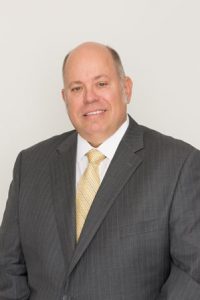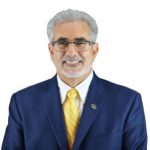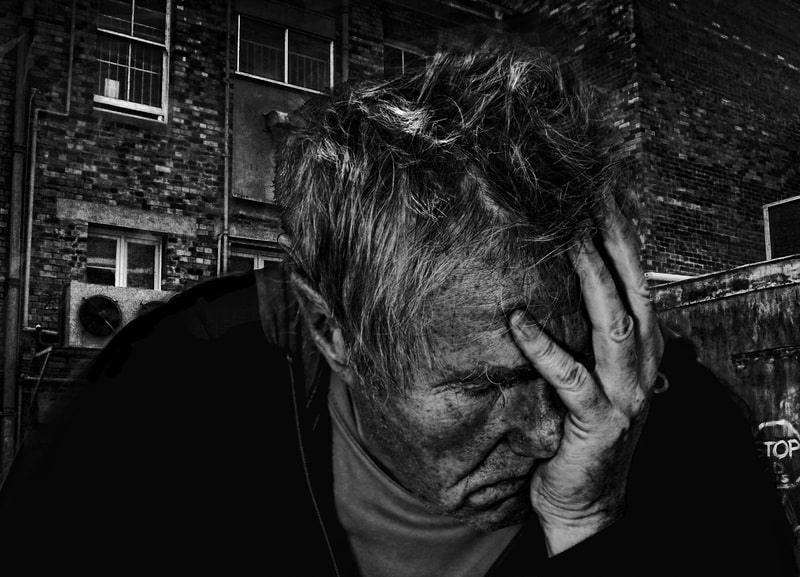It comes as no surprise that impediments to health care affect the Hispanic population in the U.S. every day. As a country, we grapple with the deep inequities that plague our health system and disproportionately impact minority populations. We saw this play out tragically, in real-time, as Hispanic communities, particularly Hispanic seniors, were among those hardest-hit by COVID-19.
Politicians, policy makers, and health care leaders have talked a lot about the break downs in our system. But as we celebrate Hispanic Heritage Month this month, this is an important moment to recognize the unique challenges the Hispanic population faces when it comes to health care — and do something about it.
When it comes to health disparities among Hispanic seniors, oral health is one area that is consistently overlooked and left unaddressed.
It is not an exaggeration to say that we have a hidden oral health crisis among seniors in the Hispanic community. In fact, Hispanic seniors are experiencing the highest cost barriers to dental care (27%) of any racial group. Racial disparities in dental care disproportionately affect Hispanic seniors with only 31.8% visiting the dentist in a 12 month period, compared to 54.8% of whites during the same period, according to one recent study. And while these disparities have actually narrowed for children during the last decade, for adults and seniors, this gap has only increased.
One in three adults age 65 or older who are Mexican American have untreated tooth decay, which is two to three times the rate of untreated cavities as older non-Hispanic white adults. Among adults age 65 and older, the rate of gum disease increases to 60%, and severe gum disease is most common among Mexican Americans.
Why does this constitute a crisis? Oral health is directly linked to overall health — including diabetes, heart disease, risk of stroke — and many other chronic diseases that seniors (and poorer and minority populations) face in higher numbers. Consider, even with COVID-19, research found direct links between the status of a patient’s oral health and their risk of contracting ventilator associated pneumonia.
Not only do Hispanic seniors and families pay a price in longevity and quality of life, but also it adds significant costs to our health care system — costs and consequences that are largely avoidable. We’ve seen this firsthand.
The good news is most oral health complications can be addressed early on, and when people have equitable access to preventive care, health outcomes improve. Strides have been made to increase access to pediatric dental care, with a focus on prevention. Currently, children, including Hispanic children, are receiving better access to care through Medicaid programs across the country. Dental problems like untreated caries are declining for children, especially among minorities. The same cannot be said for adults and seniors.
Most states’ Medicaid programs don’t cover individuals past the age of 17, an age where people are prone to dental problems, especially if they have not had access to consistent preventive care.. Even for those who do have dental coverage, many adults struggle to access their nearest clinic due to socioeconomic factors ranging from work obligations, to child care and transportation challenges. By the time they’ve retired, their oral health has significantly declined.
The most immediate solution to improving oral health outcomes in the Hispanic population is to expand Medicaid and Medicare to include dental benefits for all ages. This is a significant, and urgent need. As of 2019, almost half (47%) of all Medicare beneficiaries did not have a dental visit within the past year – with the second highest rate among the Hispanic population (61 %). As of last year, nearly four in 10 Black and Latino adults resided in the 14 states where Medicaid’s adult dental benefits cover no services or emergency-only care.
Expanding access is important, but not nearly enough. We’re also working hard to increase Hispanic representation in the dental field, from investing in strengthening the provider pipeline, to training all dental providers in more culturally competent care. New dental payment models also need to be developed to attract the needed providers to deliver the target dental care. This way, when we increase access, we also increase quality of care, and awareness about the importance of oral health for the whole family.
Affording or finding quality, culturally competent, oral health care shouldn’t be a challenge for older Hispanic adults. We’ve already shown that these steps can dramatically improve access and outcomes among Hispanic children in our community. Let’s not leave their grandparents behind. Let’s treat our Hispanic seniors and families with the respect and dignity they deserve by providing them with the care they need.
ABOUT THE AUTHORS

Daniel Dorrego, DDS, of DentaQuest, reviews claims and pre-authorizations submitted by DentaQuest providers in addition to his work as a dental practitioner in the state of Florida.

Manuel A. Cordero, DDS, CPH, MAGD is the executive director and CEO of the Hispanic Dental Association. Throughout his career in dentistry, he has served the Hispanic community firsthand as a practitioner in New Jersey and as a board member of several organizations.

Christina Meiners, DDS, FICD is the Service & Outreach Chair of the Hispanic Dental Association. In 2018, Dr. Meiners was one of the first 10 under 10 Awardees of the ADA Honoring the top 10 dentists in practice for 10 years or less who are making a mark on the profession.


